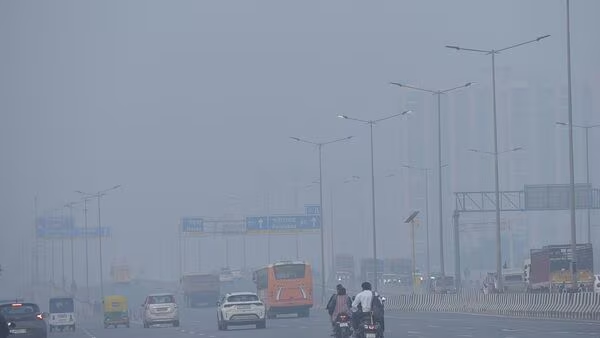Delhi AQI ‘Very Poor’, GRAP III Lifted; Punjab
Delhi’s air quality remained in the “very poor” range on Thursday, and the city woke up under a heavy layer of poisonous smog. The national capital had an Air Quality Index (AQI) of 349 at 7 am, according to data from the Central Pollution Control Board (CPCB), indicating ongoing health concerns for locals, particularly children, the elderly, and people with respiratory conditions.
The Commission for Air Quality Management (CAQM) declared the immediate removal of all Stage III limitations under the Graded Response Action Plan (GRAP), despite the fact that the air was still extremely polluted. The choice was made after Delhi’s air quality improved over the previous three days, avoiding the “severe” and “severe plus” classifications.
Authorities have clarified, however, that Delhi-NCR will continue to implement the Stage I and Stage II of the amended GRAP, dated November 21, 2025. In order to prevent AQI levels from falling back into the “severe” range, agencies have been instructed to strictly adhere to these guidelines and keep a close eye on things. This includes increased enforcement efforts in addition to restrictions on dust pollution, industrial emissions, and vehicle pollution.
Punjab, a neighbouring state, is preparing for a different challenge while Delhi struggles with air pollution. Parts of Punjab are expected to experience cold wave conditions today, with a significant drop in minimum temperatures, according to the India Meteorological Department (IMD). When necessary, residents have been advised to take precautions against both cold weather and poor air quality.
Health professionals are still advising residents of Delhi and the National Capital Region to limit their outdoor activities, wear masks similar to N95 when they go outside, keep windows closed during periods of high pollution, and, if at all possible, use air purifiers indoors. As winter approaches, both the government and the populace must contend with the twin challenges of smog and cold, which makes persistent enforcement and public cooperation essential.


